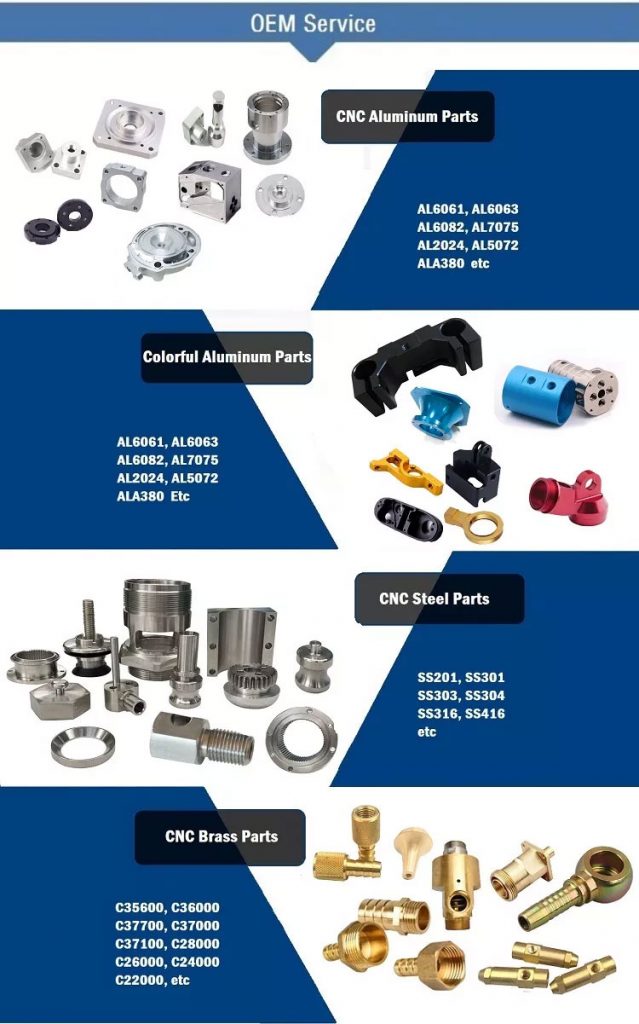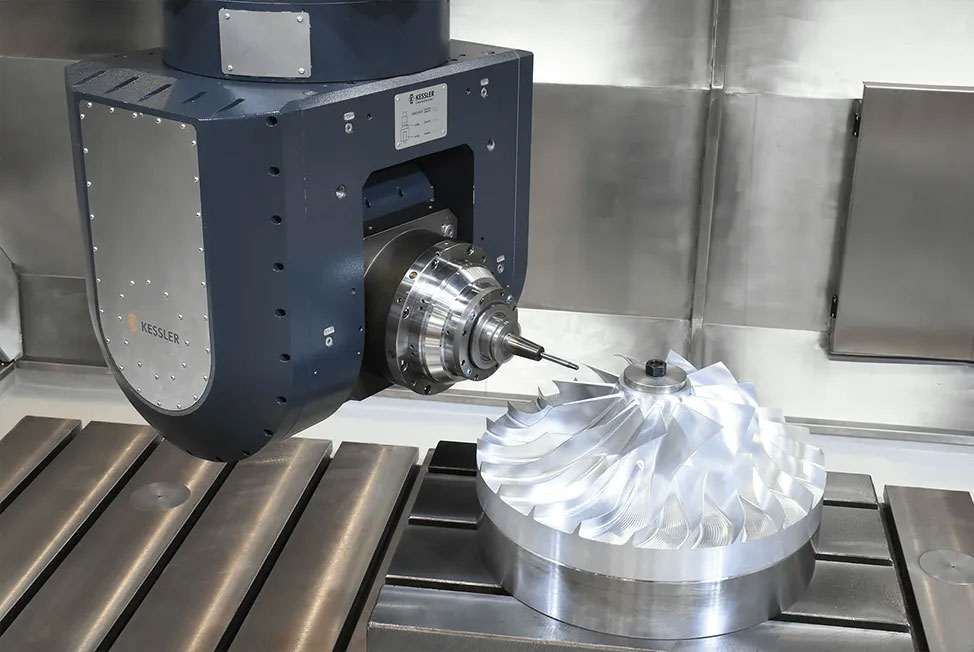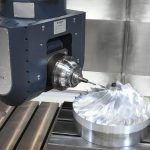5-axis CNC machining is a manufacturing process that uses computer numerical control (CNC) technology to control the movement of a machine tool. This type of machining is distinguished by its ability to move a tool or workpiece along five different axes simultaneously, allowing for the production of highly complex and precise parts.
One of the key advantages of 5-axis CNC machining is its ability to produce parts with complex geometries and high dimensional accuracy. Because the machine is able to move along five different axes simultaneously, it can produce parts with a greater degree of complexity and detail than would be possible with traditional 3-axis CNC machining. This makes 5-axis CNC machining well-suited for producing parts with intricate shapes and features, such as those found in the aerospace, medical, and automotive industries.
Another advantage of 5-axis CNC machining is its ability to reduce the number of steps required to produce a part. With traditional 3-axis CNC machining, producing a part with complex geometries often requires multiple setup and machining operations, each of which must be carefully planned and executed. In contrast, 5-axis CNC machining allows for the production of complex parts in a single setup, reducing the need for multiple operations and the associated time and cost.
A third advantage of 5-axis CNC machining is its ability to improve the surface finish of parts. Because the machine is able to move along five axes simultaneously, it can produce parts with smoother, more consistent surfaces than would be possible with traditional 3-axis machining. This is particularly important for applications that require a high degree of surface finish, such as in the production of medical implants and other precision parts.
In addition to its ability to produce complex parts with high dimensional accuracy and improved surface finish, 5-axis CNC machining also offers several other advantages. For example, because the machine is able to move along multiple axes simultaneously, it can produce parts with a higher degree of symmetry and accuracy than would be possible with traditional 3-axis machining. This makes 5-axis CNC machining well-suited for applications that require precise symmetry, such as in the production of engine components and other critical parts.
Another advantage of 5-axis CNC machining is its ability to reduce material waste. Because the machine is able to move along multiple axes simultaneously, it can produce parts with a greater degree of complexity and detail than would be possible with traditional 3-axis machining. This allows for more efficient use of raw materials, reducing the amount of waste generated during the manufacturing process.
Overall, 5-axis CNC machining offers a number of advantages over traditional 3-axis machining, including the ability to produce complex parts with high dimensional accuracy, improved surface finish, and reduced material waste. These advantages make 5-axis CNC machining an increasingly popular choice for a wide range of manufacturing applications.






